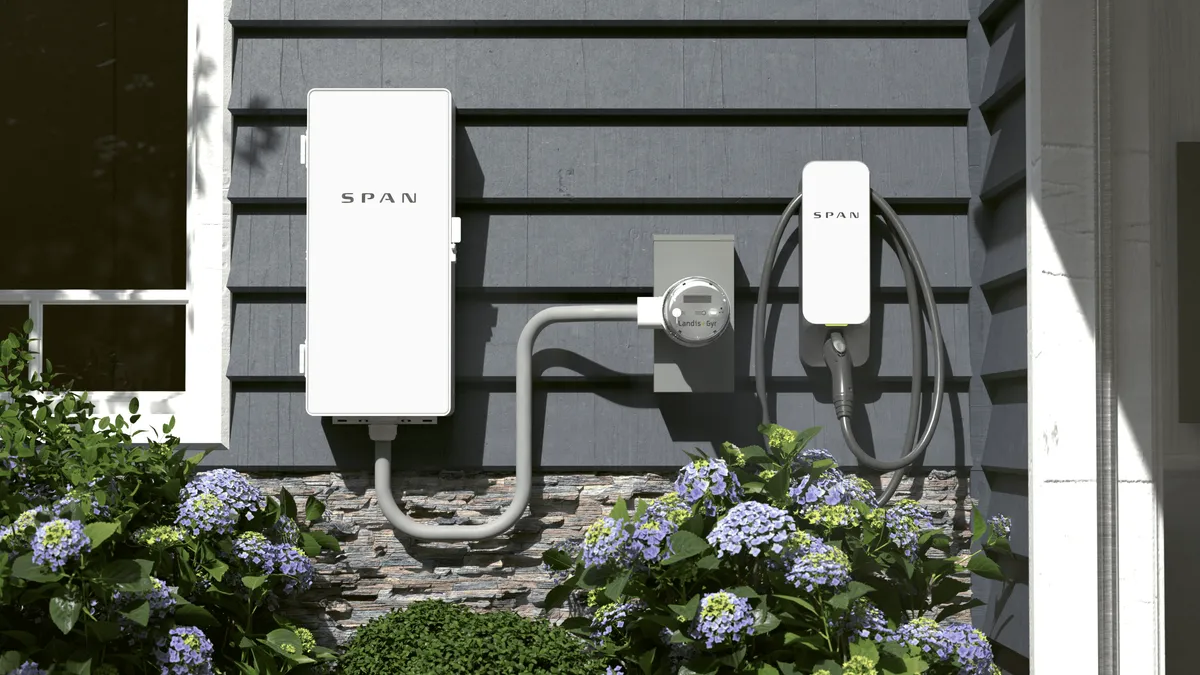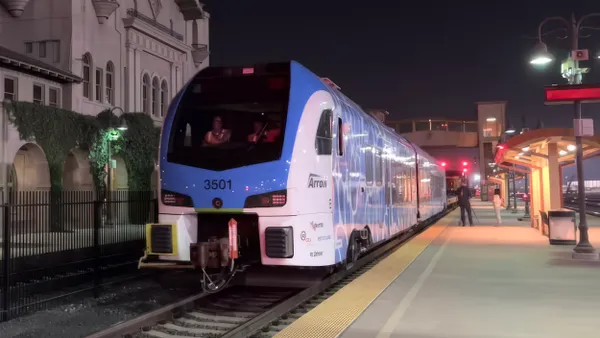Demand response is the power grid's way of saying, "Hey, give me that electricity back!" Or—in some cases—the exact opposite: "Here, have some more!"
Making that type of request provides the grid with greater capabilities to survive critical peaks, flatten load curves, integrate renewables and mitigate risk and uncertainty.
To get a sense of the state of the demand response (DR) market today—as well as where it might be headed—the Peak Load Management Alliance (PLMA) and consulting firm Skipping Stone conducted a survey of 65 industry leaders in anticipation of the PLMA's fall conference.
Utilities, DR providers and other players should take note, as we saw these five trends shaping the DR market today. For the full survey results, you can download them here.
1. NO CLEAR PATH TO MASS MARKET PENETRATION
There is little consensus amongst the DR community as to how to achieve mass market penetration. No more than 25% of respondents chose the top two options—outsourcing DR programs and sales representatives—in the DR survey.
Part of the problem is that utility customers typically don't know about DR. And even if they do know about it, they probably don't understand the difference between DR and energy efficiency. "Survey respondents view non-personal customer acquisition methods as ineffective," Peter Weigand, Skipping Stone CEO and PLMA Board member, told Utility Dive. "The concept of DR is viewed as complex enough to require a hands-on approach."
2. COMMERCIAL BUILDING SPACE IS RIPE FOR GROWTH
The other part of the equation is that, without time-of-use rates, there is little incentive to drive residential participation. But commercial and industrial customers, with their much bigger loads, can see a clearer business case for DR. That's because they understand their building's energy consumption (it's part of their business, after all) and how saving energy can lead to significant cost savings. That's why most of the money is in the C&I space today.

"The commercial building space and automated systems are being viewed as by far the most promising areas of growth," Nancy Young, Skipping Stone’s Marketing Director, noted. Respondents cited targeted utility DR programs as the best way to achieve further penetration in the commercial building space in particular.

"It would seem that survey respondents by and large see the doorway into that space tied to utility participation, both by initiating programs to target commercial buildings and by partnering with building tech companies," Ross Malme, Skipping Stone Partner, told Utility Dive.
3. IT'S ALL ABOUT THE MONEY
Demand response is all about the monetary savings for utilities and consumers alike. When asked to rank the economic and regulatory drivers that have the most impact on the demand response market, respondents chose customer ROI, utility incentives and ISO capacity prices as the top three drivers for the third straight time.

Respondents also cited technology/implementation costs and not enough payback as the biggest barriers to further penetration in the C&I space.

This shows that it all boils down to making a compelling business case for DR. "Technology and implementation costs and not enough payback have been recurring themes, indicating that among survey respondents, finance rather than load shedding concerns is the major driver," Weigand observed.
4. DEMAND RESPONSE NEEDED TO INTEGRATE RENEWABLES
Renewables may be long-term the future of electricity generation, but without demand response it would be very difficult to integrate them onto the grid. Since energy must be used as it is generated, the variable nature of solar and wind--sun shines only during the day while wind blows primarily at night—creates risk and uncertainty when integrated into the system. That's where DR comes in, causing consumers to lower usage during valleys (no wind or cloudy skies) and spurring consumers to increase usage during peaks (high wind or sunny skies).

The only way to better integrate renewables than with DR would be energy storage. A significant breakthrough in storage technology would not only make integration easier, it would allow for a transition to a mostly renewables grid. But DR is the near-term solution until the so-called holy grail of the power grid can be achieved. Together, widespread penetration of DR and cost-effective storage would give the grid unprecedented flexibility.
5. DR IS BOTH A CHALLENGE AND OPPORTUNITY FOR UTILITIES
In an era of practically stagnant electricity demand growth, DR has become a least-cost alternative to building new power plants.

"Since over of half of the survey field was composed of first time participants, it would seem that this year’s respondents are a great deal more concerned with avoiding building generation than with any other choice provided," Nancy Young, Skipping Stone Marketing Director, commented. "On the other hand, the spring responses may have been colored by the upcoming summer pricing volatility and forecasts, while fall respondents are looking toward the traditionally more stable winter energy prices."
But while DR can help utilities avoid wholesale price spikes and power plant builds, utilities can't avoid the uncertainty that comes with DR. While DR undoubtedly helps mitigate uncertainty on the grid, utilities are also concerned about the predictability of customer response and how DR plays into their long-term plans.

“The degree to which utilities must invest in generation and T&D depends in large part on demand response participation,” Ms. Young noted.
Enjoyed what you read? You may also want to read Utility Dive's look at FERC chairman Wellinghoff's explanation of why utilities must adapt or die.






















